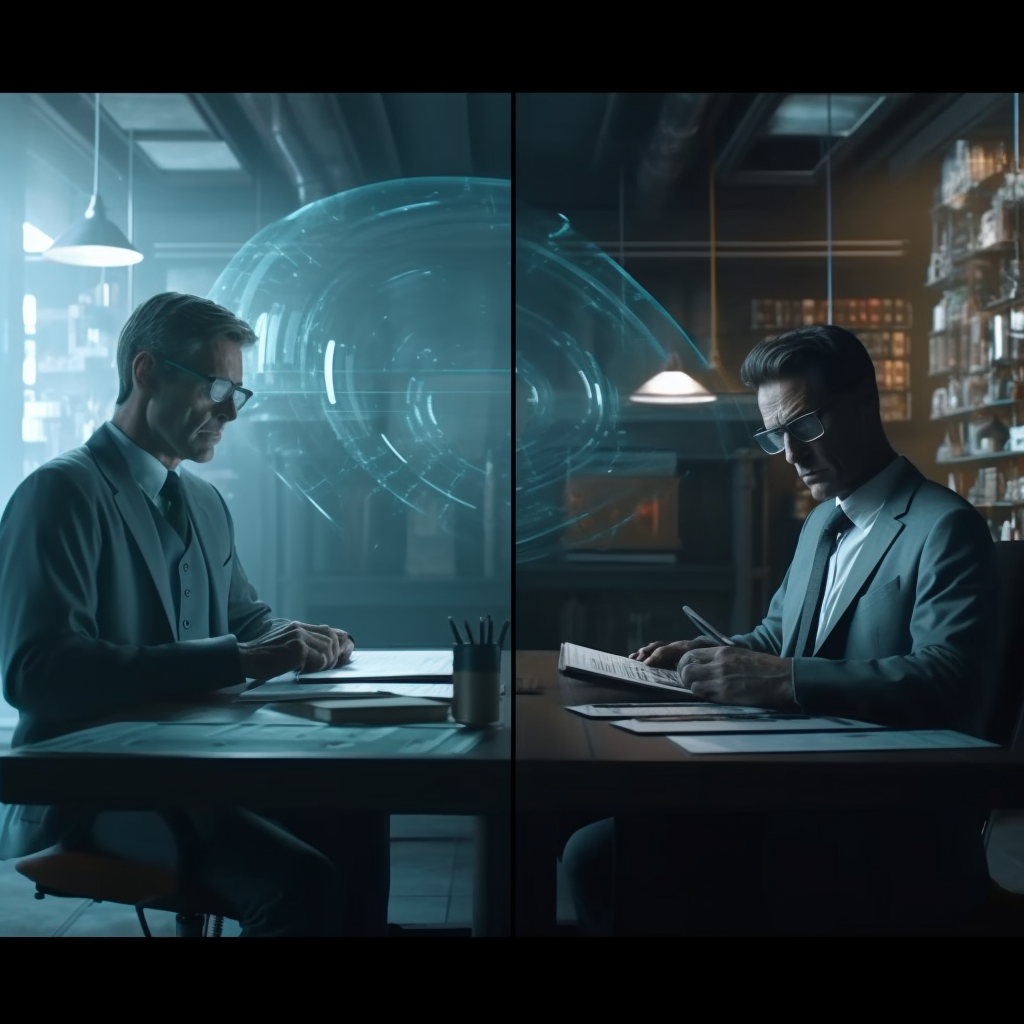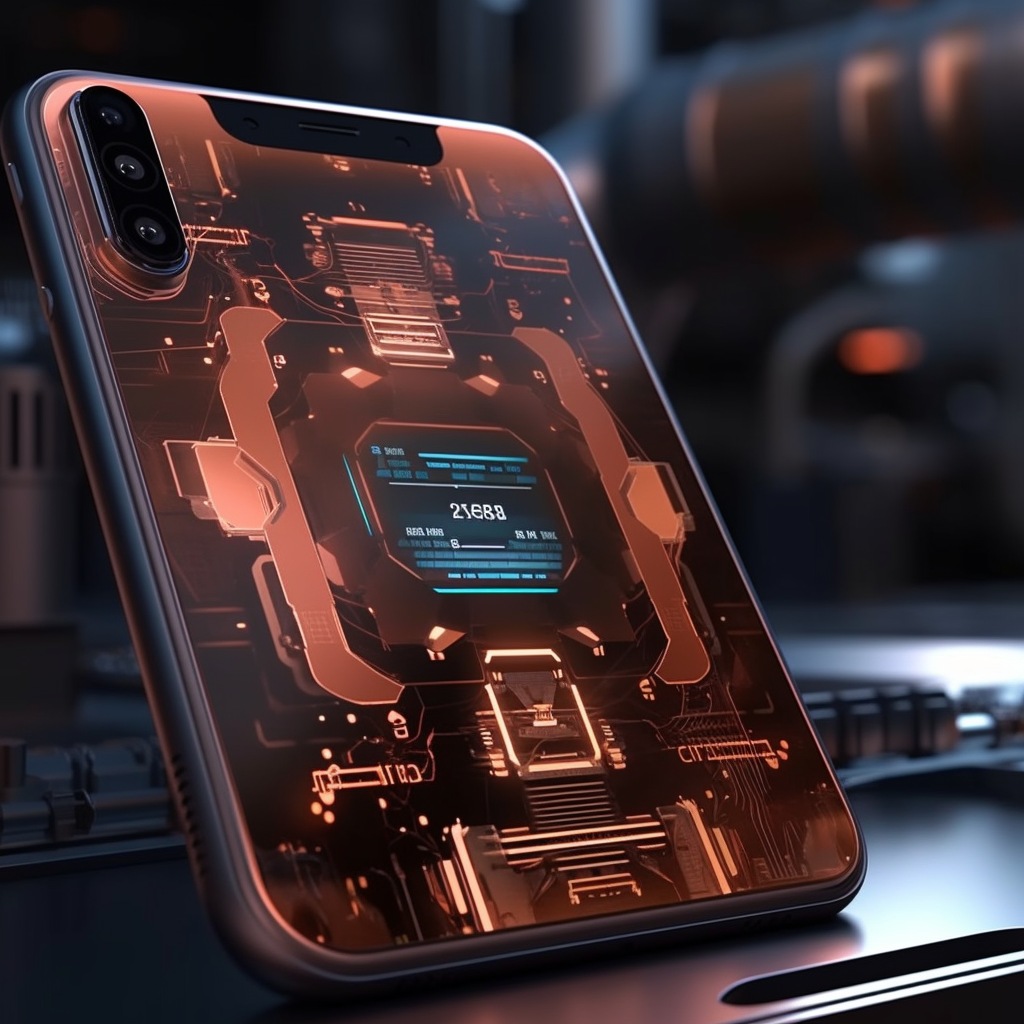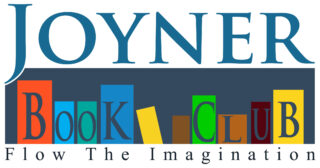A Clandestine Journey through Time
Introduction: The Mystery and Intrigue of Spy Tech in Literature
A moonlit rendezvous at an undisclosed location, a secret message encoded in a harmless piece of literature, a bug hidden in a commonplace item—these are the quintessential hallmarks of a thrilling espionage tale, reminiscent of the alluring world created by the legendary Ian Fleming. The enthralling essence of spy tech in literature, however, extends beyond the world of James Bond.
Spy tech in literature refers to the portrayal of espionage technology—devices and techniques used by fictional spies for surveillance, communication, or counterintelligence. Its evolution reflects not only advancements in real-world technology but also societal changes and ethical paradigms, making it a fascinating study in today’s tech-driven society.
The Role and Benefits of Spy Tech in Literature
Spy technology plays a pivotal role in literature, especially in espionage and techno-thriller narratives. As readers, we immerse ourselves in a world of intrigue and subterfuge, where clandestine tools are as essential to the characters as their wit and skill.
One of the main benefits of spy tech in literature is its capacity to enhance the story’s intensity and suspense. Hidden microphones, disguised weapons, secret codes—each piece of spy tech introduces an element of danger and uncertainty, driving the plot forward and keeping readers on the edge of their seats.
Additionally, spy tech can offer a window into the character’s world and mindset. The gadgets they use, the manner in which they use them, their reliance on technology versus their own instincts—each decision reveals facets of the character, contributing to their development and relatability.
Moreover, spy tech in literature offers a tangible connection to the broader context of the story, often reflecting the technological capabilities and limitations of the period. This lends a sense of realism to the narrative and provides an intriguing historical context for readers to explore.
The Evolution of Spy Tech throughout Literary History

Steering our discussion into a more grounded and factual domain, much like the detailed style of Tom Clancy, let’s delve into the evolution of spy tech in literary history.
The earliest inklings of spy tech can be traced back to the “riddle tales” of ancient civilizations, where coded messages often played a crucial role. Fast-forward to the 19th and early 20th centuries, spy tech took a leap forward in tales by authors like John Buchan and Erskine Childers. Characters started to use more recognizable forms of technology, such as concealed weapons and cryptography.
As we moved into the mid-20th century, with the advent of Cold War anxieties, spy tech in literature saw a paradigm shift. Fleming’s James Bond franchise introduced readers to an array of sophisticated gadgets and tech-savvy espionage, setting a new standard for the genre.
Notable Authors and Their Contribution to the Portrayal of Spy Tech in Literature
From Fleming’s high-tech gizmos to Clancy’s pragmatic techno-thrillers, the portrayal of spy tech in literature has been shaped by numerous visionary authors.
Ian Fleming, best known for his James Bond series, brought spy tech to the mainstream. His depiction of innovative gadgets, ranging from weaponized briefcases to cars fitted with an arsenal of hidden defenses, captivated readers worldwide.
Tom Clancy, renowned for his techno-thriller novels, brought a new level of realism and detail to the spy tech genre. His works often feature complex military technology and provide detailed descriptions, showcasing his thorough research and understanding of the subject matter. We could find this in Jackiem Joyner’s Minor Assassin Novel.

Case Studies: Spy Tech from Famous Books
Let’s plunge into the alluring world of spy literature, where reality blurs with fiction, and unravel the charm of spy tech through some of the most memorable literary works.
1. The Coded Letters in Edgar Allan Poe’s “The Gold-Bug“
In this exciting tale, Poe introduces us to the classic spy tech tool: the cipher. A gold-bug leads the protagonist, William Legrand, to a parchment with a secret message. The cryptic symbols form a substitution cipher that, once deciphered, reveals the location of a buried treasure. Poe’s work serves as an early example of cryptography, a mainstay in spy tech literature.
2. The Deadly Garter in Ian Fleming’s “From Russia With Love“
Here, Fleming gifts us with a classic example of deadly spy tech. Rosa Klebb, the antagonist, uses a unique weapon – a poison-tipped blade concealed in her shoe, concealed in the garter. A simple flick of her ankle can spell death, illustrating how everyday items can be weaponized in the world of espionage.
3. Invisible Ink in John Le Carré’s “Tinker, Tailor, Soldier, Spy“
In the complex world of Le Carré, spy tech often takes on a more subtle, nuanced role. In this novel, the use of invisible ink embodies the secretive nature of the spy world. A hidden message, visible only under certain conditions, provides essential clues to the protagonist, demonstrating how low-tech spy gadgets can be just as effective as high-tech counterparts.
4. The Advanced Submarine in Tom Clancy’s “The Hunt for Red October“
Clancy’s real-world approach to spy tech shines in this novel, where a technologically advanced submarine plays a pivotal role. Equipped with a revolutionary silent propulsion system, the submarine can move undetected, showcasing Clancy’s knack for incorporating complex military technology into his narratives.
5. The Neural Lace in Iain M. Banks’ “Surface Detail“
Moving into the realm of science fiction, Banks presents us with the Neural Lace, an implant that provides a direct interface between the human brain and a digital network. It facilitates communication, information storage, and even allows consciousness to be uploaded into a virtual reality, providing a glimpse of possible future spy tech.
These case studies showcase the wide range of spy tech in literature, each adding an element of intrigue, suspense, or realism to their respective narratives. They remind us that whether it’s a simple cipher, a deadly shoe, or an AI brain implant, spy tech is an integral part of the charm and fascination of spy literature.
6. The Metal Arm in Jackiem Joyner’s “Minor Assassin”
Adding a modern twist to spy tech, Jackiem Joyner’s “Minor Assassin” delivers a unique blend of science fiction and spy literature. The protagonist, an eight-year-old boy named Jon, is equipped with an unusual asset – a metal arm with an embedded electromagnetic pulse (EMP) feature.
This extraordinary piece of technology serves as Jon’s primary tool in his quest for justice, enabling him to disable doors and presumably disrupt other electronic systems. Joyner’s novel not only presents a fresh take on spy tech, but also underscores the genre’s evolution, illustrating how authors are increasingly incorporating speculative fiction elements to create more complex and engaging narratives. This case study highlights the boundless creativity and innovation that lies in the future of spy tech in literature.
The Impact of Real-World Technology Trends on Spy Tech in Literature

The world of literature often mirrors the real world, and the realm of spy tech is no exception. As our technological capabilities in the real world have advanced, so too has the spy tech depicted in literature, leading to more complex and believable narratives.
In early literature, spy tech was largely confined to simple physical gadgets and rudimentary cryptography. However, with the advent of digital technology, we’ve seen a shift towards more sophisticated spy tech in literature. For example, characters may employ advanced hacking techniques to infiltrate secure systems, use drones for surveillance, or utilize AI for data analysis and pattern recognition.
The advent of the internet and cyber technology, in particular, has drastically changed the landscape of spy tech in literature. Cyber espionage has become a prevalent theme, with characters often involved in battles of information security, tracking digital footprints, and navigating the Dark Web.
Challenges and Misconceptions Related to Spy Tech in Literature
Delving into the more introspective tone of John Le Carré, we find that despite its allure, spy tech in literature is not without its challenges and misconceptions.
One misconception is that spy tech is infallible. In reality, like any technology, it can fail, leading to dire consequences. It’s important for literature to portray this truth, reflecting the real-world limitations and vulnerabilities of technology.
The Depiction of Ethical Issues Surrounding Spy Tech in Literature

In the shadows of the exciting and mysterious world of espionage lies a deeper, more introspective aspect— the ethical dilemmas surrounding the use of spy technology. As spy tech becomes increasingly advanced, literature has started to grapple with the ethical questions that these technologies inevitably raise, adding another layer of depth and complexity to the genre.
One key issue often addressed is the balance between national security and individual privacy. In the age of mass surveillance and big data, how much invasion of privacy is justifiable in the name of security? Characters often grapple with this quandary, forced to make decisions that impinge on others’ privacy for a “greater good.” This tension adds an ethical dimension to the narrative, prompting readers to question their own beliefs about privacy and security.
Another ethical issue commonly depicted in literature involves the potential misuse of spy technology. Powerful surveillance tools, hacking software, and other forms of spy tech can be wielded for nefarious purposes if they fall into the wrong hands. The ethical question here is about control and regulation: Who gets to use these tools, and how can misuse be prevented? In the narrative, characters might wrestle with the guilt or fear associated with the misuse of a technology they helped create or deploy, adding a moral weight to the plot.
Manipulation and inherent aspects of Espionage
Then there is the ethical issue of deception and manipulation, inherent aspects of espionage. Characters using spy tech often live in a world of lies, maintaining false identities and manipulating others to achieve their objectives. This can lead to moral conflict, as they must reconcile their actions with their personal values, contributing to their internal struggles and character development.
Finally, the advent of AI and biotech in spy tech introduces a host of new ethical issues. The use of AI in surveillance and data analysis raises questions about consent and algorithmic bias, while biotech’s potential for genetic modification and enhancement opens a Pandora’s box of ethical implications about the sanctity of human life and nature.
These ethical issues infuse the narrative with a sense of realism and moral depth, grounding the fantastical elements of spy tech in a world that readers recognize. They introduce gray areas and moral dilemmas, transforming the spy narrative from a simple tale of good versus evil to a complex exploration of right and wrong in the context of technological advancement.
The Influence of Spy Tech in Literature on Pop Culture and Media
In a Fleming-like tone of intrigue and fascination, it’s undeniable that spy tech in literature has had a profound influence on pop culture and media. From Bond’s gadget-laden Aston Martin in the silver screen adaptations to video games like the Metal Gear series featuring stealth and surveillance technology, spy tech continues to capture public imagination.
The Future of Spy Tech in Literature

As we look ahead, the future of spy tech in literature appears boundlessly exciting, primarily due to the rapid advancements in real-world technology.
Artificial intelligence (AI) and machine learning are poised to become significant players in the future of spy tech in literature. Protagonists might deploy AI for tasks ranging from analyzing large volumes of data to impersonating human behavior for undercover operations.
Moreover, biotechnology could introduce fascinating possibilities. For instance, genetic modifications could create super-spies, or nanotechnology could lead to microscopic spy devices that can infiltrate any location undetected.
Quantum computing, another frontier in real-world technology, could revolutionize cryptography in spy narratives. Quantum encryption could provide uncrackable codes, while quantum hacking could introduce unforeseen vulnerabilities.
In essence, as real-world technology continues to evolve and permeate every aspect of our lives, so too will the depiction of spy tech in literature. The spy narratives of the future promise to be thrilling, complex, and deeply intertwined with the fascinating world of emerging technologies.
Conclusion: The Unending Allure of Spy Tech in Literature
Our journey through the world of spy tech in literature reveals a constantly evolving landscape, deeply intertwined with societal changes, technological advancements, and ethical quandaries. From the earliest coded messages to the future prospects of AI-driven espionage, spy tech remains an integral and thrilling element of the literary world. So, as we sign off, why not pick up a techno-thriller or a classic spy novel to uncover the clandestine world of spy tech for yourself? The adventure awaits.

